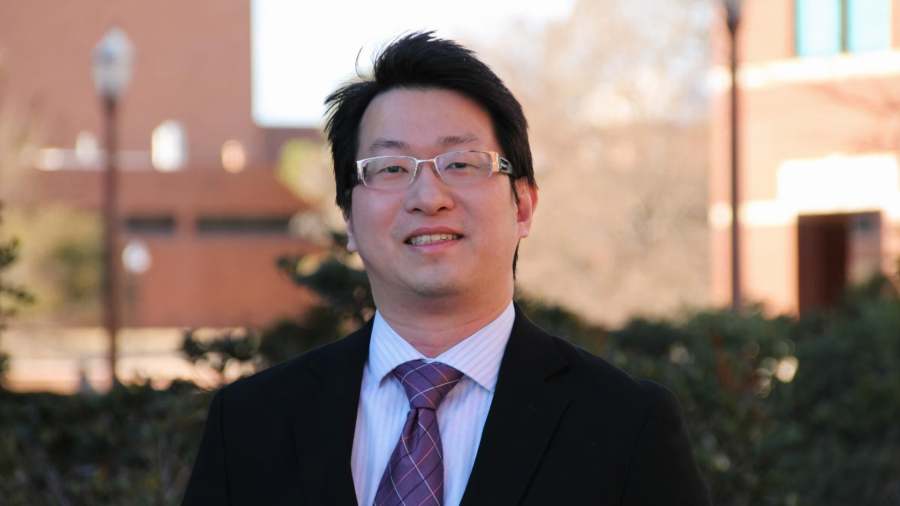Faculty Spotlight – Howard (Ho Wai) Lee
By: UCI Integrated Nanosystems Research Facility
This month we spotlight a new member of the INRF research community, Howard (Ho Wai) Lee. Lee, a UC Irvine associate professor in the Department of Physics and Astronomy, also is affiliated with UCI’s Beckman Laser Institute & Medical Clinic. Before joining UCI in July 2020, Lee, who earned his doctorate in 2012 in physics from Germany’s Max Planck Institute for the Science of Light, was an associate professor in the Department of Physics at Baylor University, and a fellow and visiting professor in the Institute for Quantum Science and Engineering at Texas A&M. From 2012 to 2015, he was a postdoctoral fellow at Caltech, working with Prof. Harry Atwater in active plasmonics/metasurfaces. His current research focuses on active linear, nonlinear and quantum plasmonic/metasurface/zero-
From Dr. Lee,
My group studies extreme light-matter interaction, advanced nanophysics/optical materials and ultrafast/quantum/bio-photonics at the nanometer scale.
As affiliated faculty at Beckman Laser Institute & Medical Clinic and also part of the Convergence Optical Sciences Initiative (COSI), we are interested in using emerging nanophotonic platforms and “meta”-optical fibers for advancing optical imaging, sensing and medical applications. These include advanced in-fiber imaging endoscopy or laser surgery elements, tip-enhanced Raman spectroscopy for molecule detection and biosensing, novel optical fiber laser sources/nano-lasers and optical cooling/trapping platforms.
Our research involves developing advanced ultrathin nanophotonic structures and emerging active optical materials using the world-class nanofabrication facilities available at INRF. One project investigates ultrathin optical films, called optical metasurfaces, which are really thin: 1,000 times thinner than the width of a human hair. This metasurface can shape light for different functions; it can absorb almost 100 percent of the light that falls on it, focus light as a conventional lens and filter out specific colors − wavelengths of light − in the visible and invisible regions of the electromagnetic spectrum. These ultrathin metasurfaces could dramatically reduce the size and weight of a vast range of optical and electro-optical devices, while also improving their performance for energy, imaging/display, sensing and space technologies.
Another project involves the extreme optics of “zero refractive index” materials. Normally, materials have certain refractive indexes of light (for example, glass’s refractive index is ~ 1.5). But we can fabricate optical thin film that exhibits “zero” refractive index. These extreme materials show unique and abnormal optical features that are completely different from normal materials, including ultrafast nonlinearity, quantum properties and light emission properties that could lead to significant breakthroughs for developing ultrafast and ultracompact nanophotonic imaging, sensing and communication applications.
Our group also combines these advanced nano-optical structures into optical fiber to develop “meta”-optical fibers capable of advanced sensing, imaging and medical applications such as optical fiber endoscopes, in-fiber lasers for surgery and quantum bio-sensors.
Learn more about the UCI Integrated Nanosystems Research Facility.



